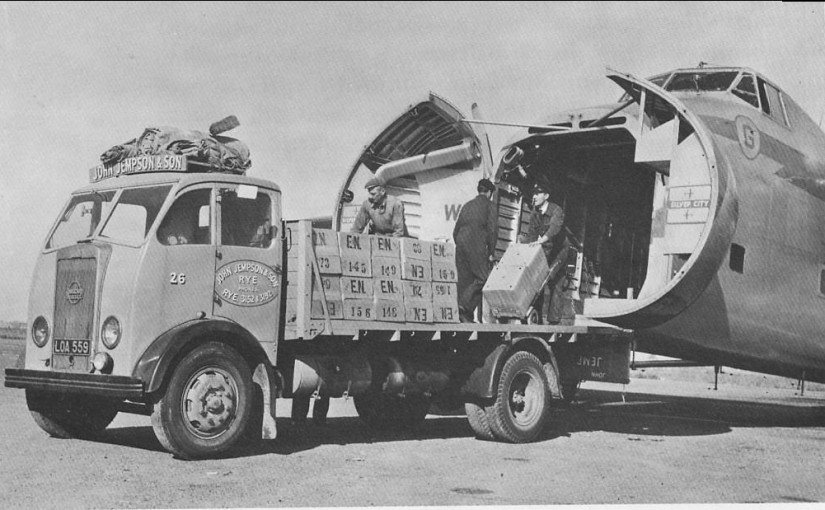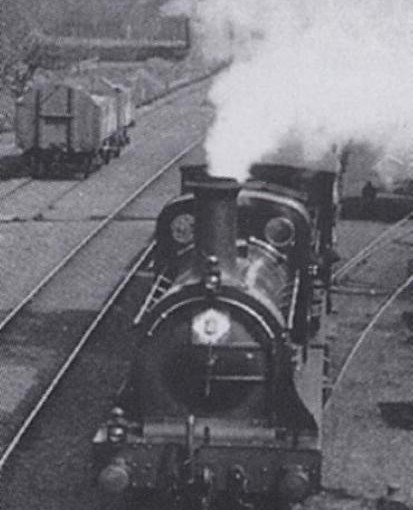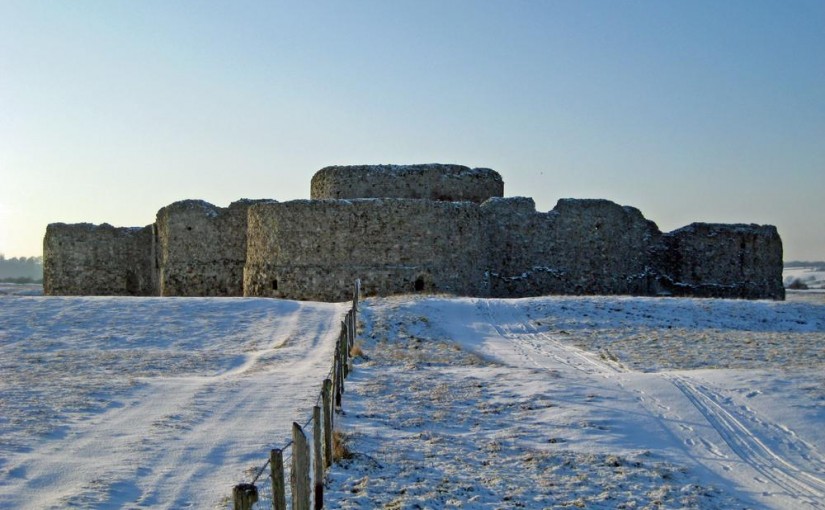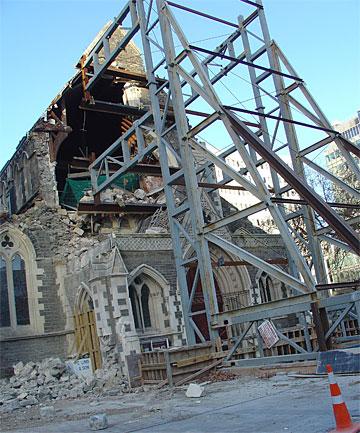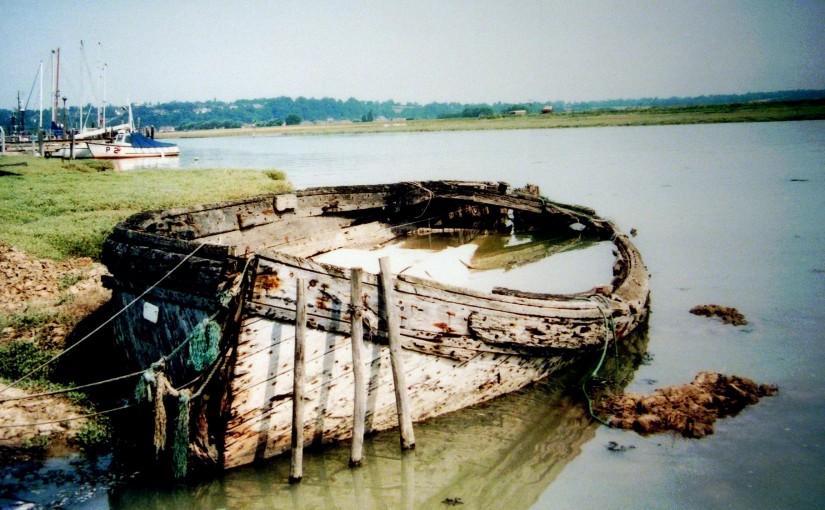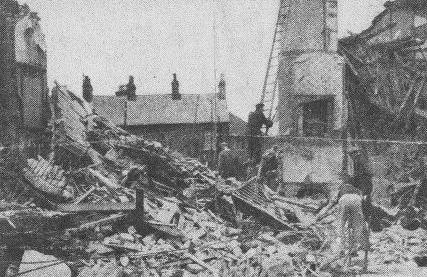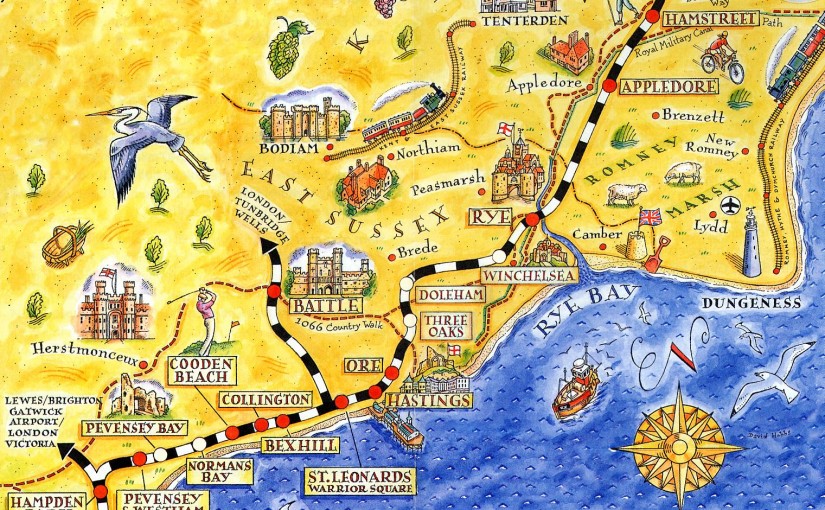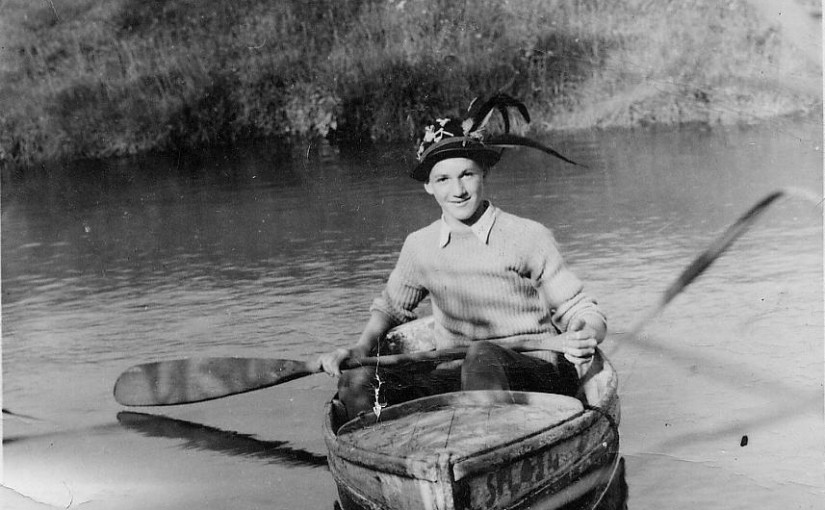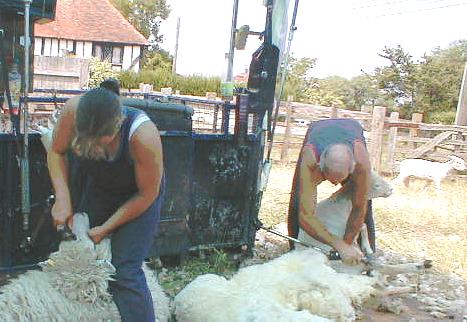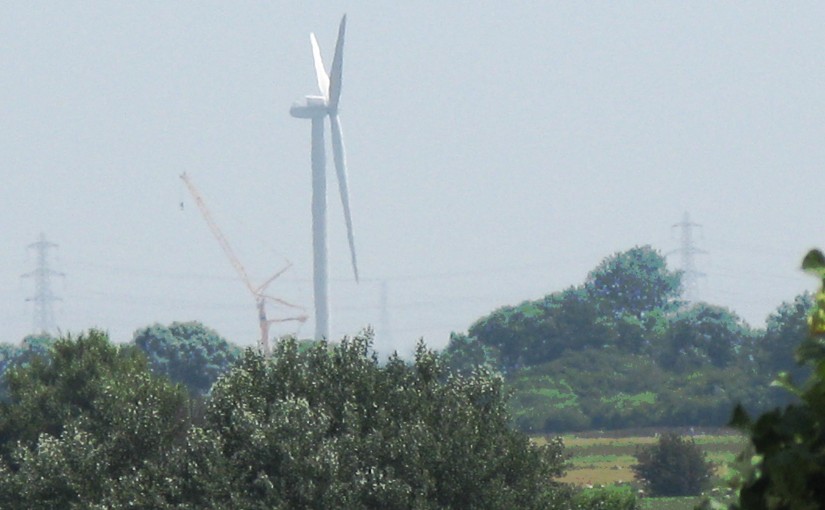Green light for £25 million runway extension and new terminal in Kent Plans to develop Lydd Airport in Kent into a modern regional airport have been given the green light by the Government today (Weds 10th April) after ministers agreed with a Planning Inspector’s recommendation to grant approval for a multi-million-pound development. Continue reading Government Approves Plans For Lydd Airport Development
Tag: Romney Marsh
Things Long Ago
Jimper Reminisces on a Lost World
Once on Romney Marsh not so long ago, it was a very unhealthy place to live. There was a dreaded thing that was called the Ague, a disease we now know was a type of malaria, caused by the mosquito which lived in the water that covered a lot of the flat land. The local remedy for the Ague was said to be to swallow a spider, whole, wrapped up in its own web. The sheer thought of doing so must have made many people suddenly recover from the illness rather than take the cure! Continue reading Things Long Ago
The Day I was Born
Jimper’s Early Years
The world was in darkness the night I was born, not a light was to be seen, and then, as I grew and could walk and run, the lights came on all over the Kingdom.
The war with Germany was over, the marsh was crying out for laughter and joy to return. Five years of war in the front line had left it scarred by ack-ack guns, trenches and pillboxes.
Many areas were out of bounds owing to minefields waiting to be cleared but before then the top priority were the towns to be made safe, and there was still the war with Japan to win. Continue reading The Day I was Born
Shaky Isles
Ryer John Wallbank, who emigrated to New Zealand many years ago has
kept in close touch with the home of his birth and has contributed
several articles to “Rye’s Own” since the Millennium. We asked him
to give us a story on the Earthquake at Christchurch. Continue reading Shaky Isles
The Marsh Barges
Built in Rye these Shallow Draft Vessels served the towns and villages from Teterden to the north and Hythe to the East
While the rivers around Rye, the Rother, Brede and Tillingham, were, sufficiently wide and deep and the ordinary trading vessels small enough to navigate them to their destination without the necessity of any transhipment, there was no need of such a craft. Several factors, however, combined to change the situation in a drastic fashion. Continue reading The Marsh Barges
Bombed by Both Sides
by Graham Watson. From the November 2010 issue of Rye’s Own
I was born in Rye East Sussex, in May 1936, and lived at Godfrey’s Row which was a terrace of five houses situated opposite the Pipemaker’s Arms Public House, in Winchelsea Road. In 1940 the first kits of the Anderson shelter, the outdoor type, which consisted of a large hole dug by the householder, with curved sections of corrugated iron bolted together and placed in the hole to form the walls and roof . The earth which had been dug out to from the hole was then thrown back over the shelter to give it added protection. Continue reading Bombed by Both Sides
Excellent Map
Marshlink Map of Local Railway System
The Mayor of Rye, Councillor Paul Osborne described the new Marshlink Map as “Excellent – even better than the one in the 1066 leaflet.” Continue reading Excellent Map
Royal Military Canal by Canoe
The Epic Journey
By Jimper Sutton
I was only sixteen but bent on making my own history. My mate Chris had seen a documentary on the telly the night before of a couple that had travelled down the Amazon in a life raft. Continue reading Royal Military Canal by Canoe
Shearing at Salts Farm
A report on sheep shearing appeared in the East Sussex News, 1983 where Mick Cutting was featured giving a sheep a short back and sides at Romney Marsh Shearing Championships, he was one of three in the year’s England International team which reached the last six in the Shearer of the year Competition. Continue reading Shearing at Salts Farm
The First Wind Turbine
The First Wind Turbine at Cheyne Court Farm
Rye’s Own July Supplement 2008
The first of the Wind Farm turbines are up Each one towers 370 feet above the ground, that’s twice the height of the existing pylons
A Fact Sheet records that the development site extends to very nearly one and a half square miles in two parishes. The concrete foundations for the turbines are well over 100 foot deep and the total amount of earth moved filled over 46,000 (forty six thousand) lorries. Continue reading The First Wind Turbine
